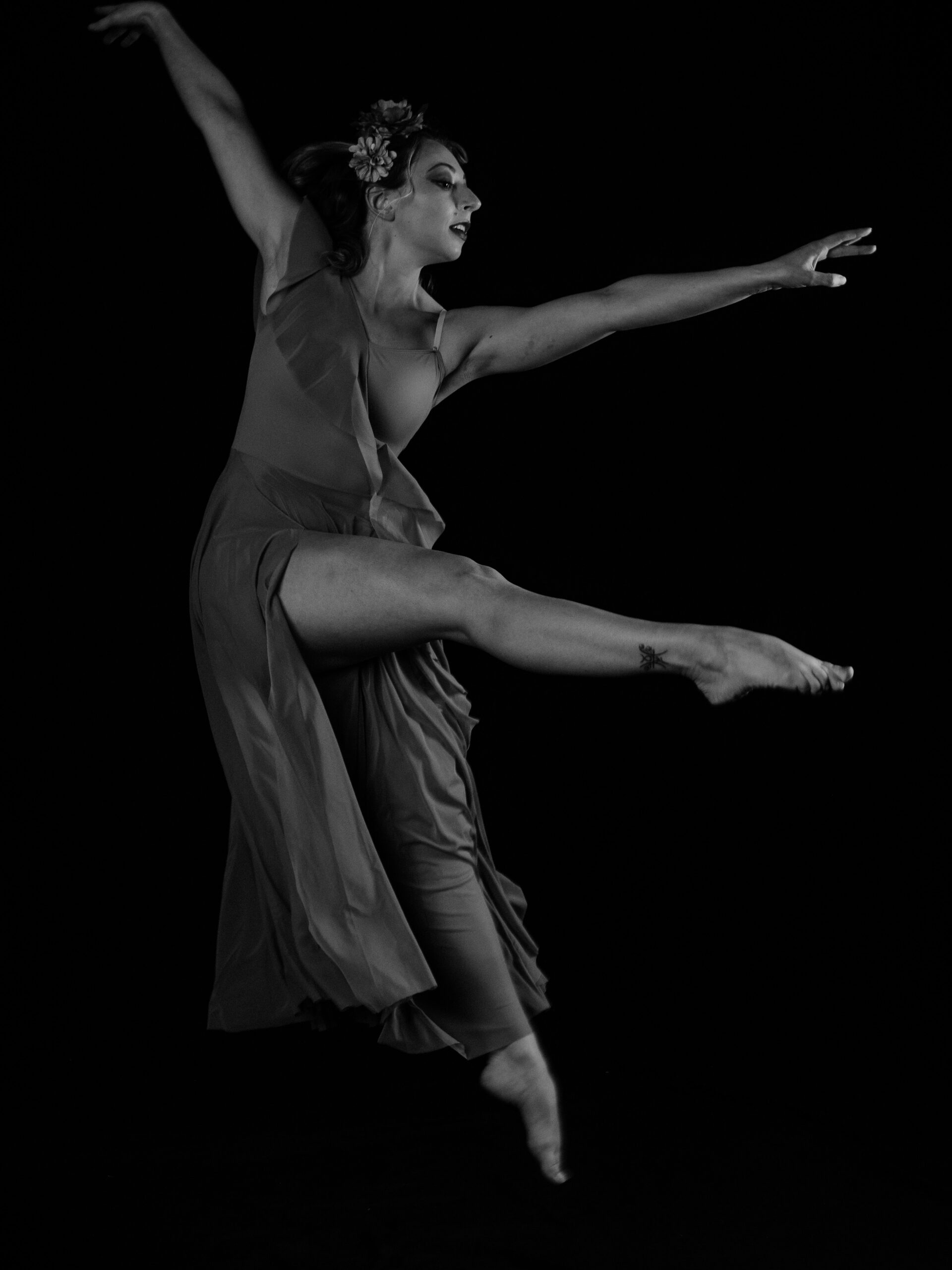Introduction
Ballet, with its ethereal beauty, captivating movements, and rich history, has enthralled audiences for centuries. As an art form that combines athleticism, discipline, and artistic expression, ballet has evolved into a highly respected and revered dance genre. In this comprehensive article, we will delve into the enchanting world of ballet, exploring its origins, techniques, repertoire, influential figures, and its enduring impact on the performing arts.
I. Origins and Historical Development of Ballet:
- Ballet's Renaissance Beginnings:
- Tracing the roots of ballet to Renaissance Italy and the court spectacles of the 15th century.
- The influence of Catherine de' Medici and her contributions to ballet's growth in France.
- The establishment of the Académie Royale de Danse in Paris and its impact on ballet's professionalization.
- The Evolution of Ballet Technique:
- The emergence of ballet terminology and the codification of movement vocabulary.
- The pivotal role of Pierre Beauchamp in refining ballet technique and introducing the five basic positions of the feet.
- Romantic Era and the Birth of Storytelling Ballet:
- The influence of the Romantic movement on ballet, with a focus on emotion, imagination, and narrative.
- Iconic ballets of the Romantic era, including "La Sylphide" and "Giselle."
- The advancements in pointe work and the rise of the ballerina as the central figure in ballet.
- Classical Ballet and the Golden Age of St. Petersburg:
- The establishment of the Imperial Ballet School and the Mariinsky Theatre in St. Petersburg.
- The contributions of choreographers such as Marius Petipa and Lev Ivanov to the development of classical ballet.
- Celebrated classical ballets, such as "Swan Lake," "The Sleeping Beauty," and "The Nutcracker."
II. Technique and Artistry in Ballet:
- Fundamentals of Ballet Technique:
- Exploring the basic positions, turnout, and alignment in ballet.
- The importance of correct posture, balance, and fluidity of movement.
- Building strength, flexibility, and control through rigorous training.
- Expressive Elements in Ballet:
- Portraying emotions and storytelling through movement and gesture.
- Musicality and rhythm as integral components of ballet expression.
- The use of costumes, sets, and lighting to enhance the visual narrative.
- The Role of the Ballerina and the Male Dancer:
- The demands and expectations placed on the ballerina in terms of technical prowess and artistic interpretation.
- The growing recognition and appreciation for male dancers and their contributions to ballet.
III. The Ballet Repertoire:
- Classical Ballet Masterpieces:
- A closer look at iconic classical ballets and their enduring appeal.
- Analyzing the narrative, choreography, and musical score of ballets such as "Swan Lake," "The Nutcracker," and "Don Quixote."
- Neoclassical and Contemporary Ballet:
- The emergence of neoclassical ballet and its departure from narrative-driven works.
- The influence of choreographers like George Balanchine and his revolutionary approach to ballet.
- Exploring the diversity and experimentation of contemporary ballet, blending classical technique with innovative movement styles.
IV. Influential Figures in Ballet:
- Legendary Ballet Dancers:
- Profiles of influential ballet dancers throughout history, such as Anna Pavlova, Rudolf Nureyev, and Mikhail Baryshnikov.
- Their impact on ballet technique, artistry, and the popularization of the dance form.
- Visionary Choreographers:
- Examining the contributions of renowned choreographers, including Marius Petipa, George Balanchine, and Kenneth MacMillan.
- Their influence on the development of ballet repertoire and choreographic innovation.
V. Ballet's Enduring Influence:
- Ballet Education and Training:
- The establishment of prestigious ballet schools and their role in nurturing future generations of dancers.
- The dedication, discipline, and commitment required for a career in ballet.
- Ballet Companies and Performances:
- The world's leading ballet companies and their contributions to the preservation and advancement of ballet.
- The impact of touring performances, bringing ballet to audiences worldwide.
- Ballet in Popular Culture:
- Ballet's influence on other art forms, including film, literature, and fashion.
- The portrayal of ballet in movies and its enduring popularity in the media.
Conclusion:
Ballet, with its captivating movements, powerful storytelling, and dedication to artistic excellence, continues to enchant audiences worldwide. From its humble origins in Renaissance courts to the grand stages of today's ballet companies, this dance form has evolved, leaving an indelible mark on the world of performing arts. Ballet's fusion of athleticism, technique, and artistry showcases the boundless potential of the human body and serves as a testament to the enduring power of grace and beauty.
Through centuries of refinement and innovation, ballet has inspired generations of dancers, choreographers, and audiences. Its influence extends beyond the dance community, permeating popular culture and capturing the imagination of people around the globe. As we celebrate the artistry and legacy of ballet, we are reminded of its timeless allure and its ability to transcend barriers, connecting us through the universal language of movement, emotion, and grace.
